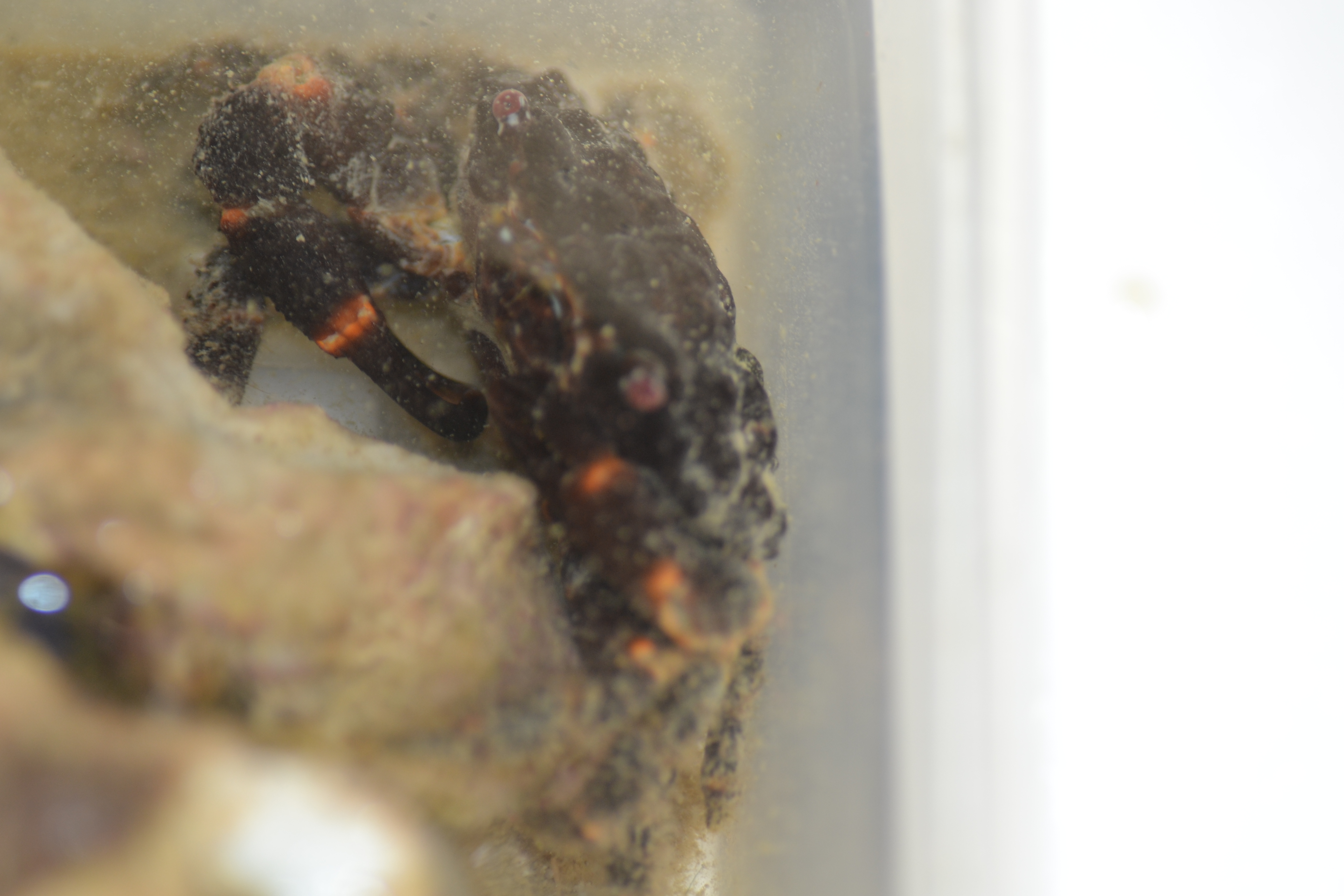Summary
Physical Description
Ecology
Life History & Behaviour
Anatomy & Physiology
Evolution & Systematics
Biogeographic Distribution
Conservation & Threats
References & Links | Conservation & Threats
Like all species linked in some way with coral reef environments C. ungulatus will experience a threat or decline with increasing temperature due to anthropogenic global warming. Coral bleaching has been shown to reduce crab density and fecundity, though the study was performed on a species which is know to eat mucus and tissue produced by the coral (Stella et al. 2011). Many behavioral changes have had noted correlation with coral bleaching, including usurping crabs of healthy corals, increased vigilance and forcefulness of crabs on healthy corals when bleached corals were in the area and weaker responses for crabs that inhabit bleached corals (Glynn et al. 1985). Although for most crab species associated with coral communities this looks bleak due to C. ungulatus' ability to efficiently distribute and utilize many habitats it is unlikely to make a large impact on the species other than a possible retraction from coral communities. though the study was performed on a species which is know to eat mucus and tissue produced by the coral (Stella et al. 2011). Many behavioral changes have had noted correlation with coral bleaching, including usurping crabs of healthy corals, increased vigilance and forcefulness of crabs on healthy corals when bleached corals were in the area and weaker responses for crabs that inhabit bleached corals (Glynn et al. 1985). Although for most crab species associated with coral communities this looks bleak due to C. ungulatus' ability to efficiently distribute and utilize many habitats it is unlikely to make a large impact on the species other than a possible retraction from coral communities.
|
|